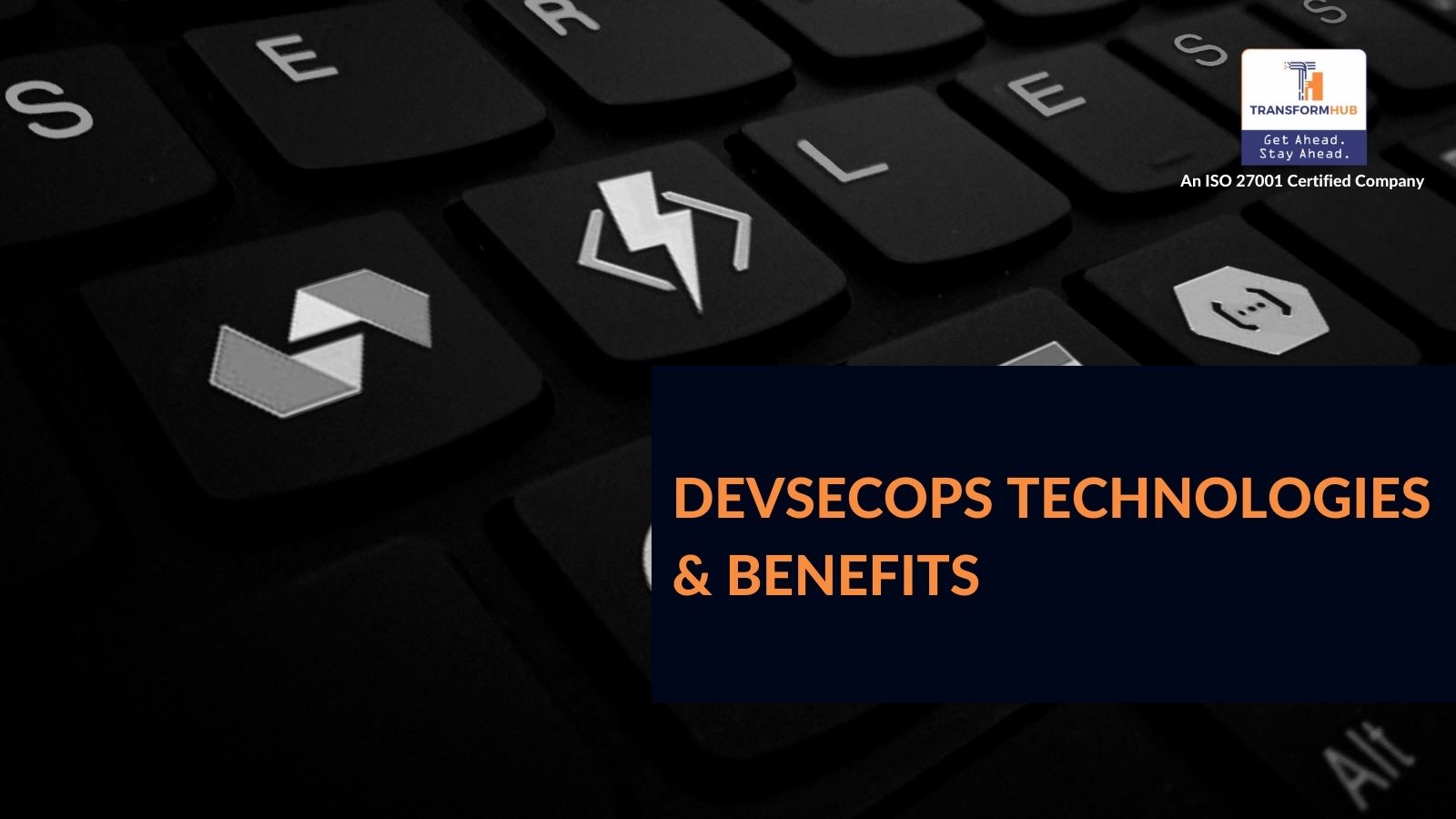7 Tips to Evaluate and Choose the Right DevSecOps Solution
As more businesses see the value of incorporating security into their DevSecOps pipelines, there has been a significant increase in demand for DevSecOps products. However, IT and DevSecOps experts that explore the DevSecOps market in search of alternatives rapidly come to understand how many and convoluted the DevSecOps technologies and frameworks are. As they attempt to decide which security solutions to use and how to incorporate them into their software development pipeline, they frequently experience decision fatigue and analysis paralysis as a result of the multitude of options available to them.
But why, in the first place, is DevSecOps becoming such a focus? Developers have significantly increased their use of open-source software (OSS) to keep up with the rate of innovation; as a result, it is now pervasive in application development pipelines. The necessity to collect and comprehend source code's contents has become mission-critical as more and more source code originates from the "outside”.
Here is the list of things you need to ensure as you select your DevSecOps tools:
Teams first want a global DevSecOps platform that can, as a fundamental prerequisite, manage all artifacts and binaries in a central location, independent of their kind and technology, before they can even begin the work of detecting which OSS components have vulnerabilities. The dependencies of the artifacts that are utilized, consumed, or generated must be known by the DevSecOps platform.
- Automation
Any manual security measures won't fit into the process if development pipelines are operating efficiently and automatically. Combining security tool automation can save you a ton of time and provide the results you want following your releases, from orchestrating their running to collecting their replies and resolving issues.
- Best fuel
To ensure it has the most recent vulnerability knowledge, the most successful solutions will need the strength of a top-tier vulnerability intelligence source. Even the greatest automobiles are worthless if they can't be propelled by excellent gasoline.
- Insist on visibility and impact analysis
The "winners" in DevSecOps will be able to decipher which OSS libraries and components your binaries require as well as how to unpack and scan them to examine all of the underlying layers and dependencies, including those included in Docker images and zip files. Any vulnerability or licensing violation found anywhere in a software ecosystem may be identified and its impact determined by a solution that can comprehend an organization's artifact and dependency structure.
- Keep Security Processes Flexible
Your teams will work with many technological stacks, languages, frameworks, and other tools. If you rely too much on a small number of tools, it will be more difficult to include additional checks when circumstances change. The goal is a consistent, repeatable security process with the appropriate visibility; technological tools are a part of that process, but they are not it. What more security checks would you require in a year that you don't already have? How about three years? These are queries that need to be asked repeatedly.
- Cloud-native frameworks
The de facto standard for cloud-native deployments should be supported by solutions; these frameworks are built on containers and are quickly gaining traction. Vulnerabilities won't be able to hide thanks to a thorough grasp of container technology and the ability to go deeply into each layer. Sadly, some scanning technologies either don't support containers or don't comprehend all of their many levels and transitive dependencies well enough.
- Automate governance
The capacity to automate governance in collaboration with a company's security office is a must in this field. A governance system must be capable of unattended, automated enforcement of corporate policies and appropriate action. Key elements ought to be:
- Violations of security or compliance are being reported via many methods, including email, instant messaging, and Jira
- preventing downloads
- failure of builds relying on weak components
- avoiding the installation of insecure release packages
- Go broad across the pipeline
Solutions that can use this comprehensive data and link it to security scans of all the binaries across repos, builds, and containers will be differentiators in DevSecOps. A platform will stand out from the competition if it can span the whole SDLC and continue to look for vulnerabilities and compliance issues even after production deployment.
- Go hybrid
You will manage a hybrid infrastructure, even if you aren't doing it currently. You may have consistency and standards throughout your DevSecOps pipelines wherever they may be by choosing tools and solutions now that enable your continuous migration to the cloud and hybridization of your infrastructure.
What are the Best practices of DevSecOps?
- Integrate security into the DevSecOps process at all times.
- Get secure coding training.
- From continuous integration to continuous deployment, automate the whole workflow.
- Select the proper tools for the security inspection.
- As a single source of truth, switch to Git.
- Be aware of code dependencies.
- Use a SIEM platform with analytics.
Delivering better secure solutions is made simpler with DevSecOps Tools. Vulnerabilities may be more easily found and mitigated. It enables the company to tackle security proactively. The development, safety, and operations teams may collaborate closely and produce better outcomes within the same schedule but with significantly fewer efforts thanks to DevSecOps Tools. Additionally, because DevSecOps solutions can be readily integrated into the CI/CD pipeline, the business can keep an eye on the products for fresh security vulnerabilities.
Conclusion
A CIO no longer has DevSecOps on their wish list. It is now an essential IT strategy that must be included in every SDLC. Leaders must ensure that a sound DevSecOps approach is implemented across teams, even if a company has selected the proper DevSecOps solutions. This includes the requirement for ongoing instruction of DevSecOps professionals and developers on application security best practices. To work with a top provider of DevSecOps solutions, reach out to us today.
Share this
You May Also Like
These Related Stories

DevSecOps Technologies & Benefits

InsurTech trends to watch out for this year




